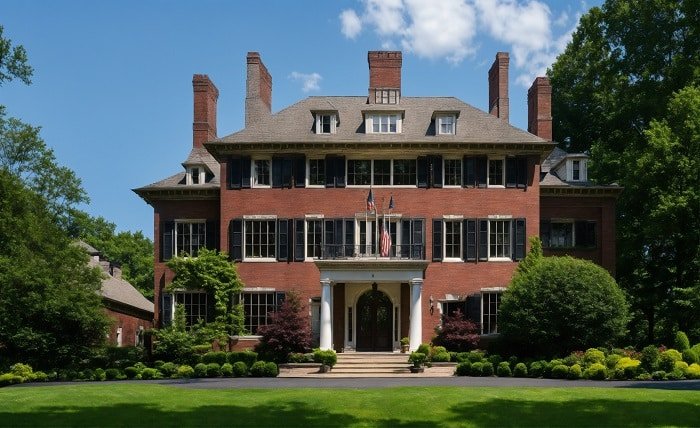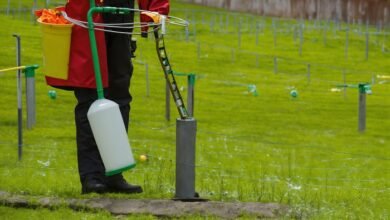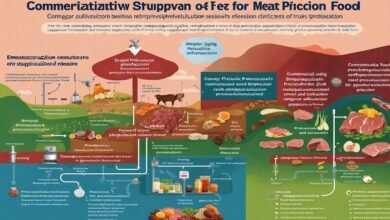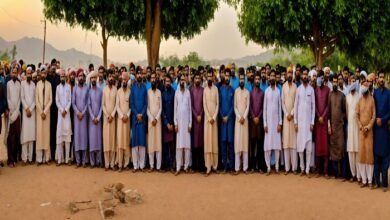Exploring CD Turf: The Future of Sustainable Landscaping

Introduction
CD turf, an abbreviation for “Composite Durable turf,” is revolutionizing the landscaping industry. This synthetic grass alternative is designed to mimic the look and feel of natural grass while offering numerous environmental and economic benefits. In this blog post, we will explore the many advantages of CD turf and why it is becoming a popular choice for homeowners, businesses, and municipalities.
What is CD Turf?
CD turf is a high-quality synthetic grass product made from a blend of polyethylene and polypropylene fibers. These materials are woven together to create a durable and realistic turf that can withstand heavy foot traffic and varying weather conditions. Unlike traditional artificial grass, CD turf incorporates advanced technology to improve its longevity and appearance.
Environmental Benefits of CD Turf
One of the primary reasons for the growing popularity of CD turf is its positive impact on the environment. CD turf eliminates the need for harmful pesticides and fertilizers, reducing the runoff of these chemicals into local waterways. Additionally, CD turf conserves water by eliminating the need for regular irrigation, which is especially beneficial in areas prone to drought.
Economic Advantages of CD Turf
CD turf offers significant cost savings over time. While the initial installation cost may be higher than natural grass, CD turf requires minimal maintenance. There is no need for mowing, fertilizing, or watering, which translates to lower maintenance costs and reduced utility bills. This makes CD turf an economically viable option for both residential and commercial properties.
Durability and Longevity
CD turf is designed to withstand heavy use and harsh weather conditions. Its robust construction ensures that it remains intact and visually appealing for many years. Unlike natural grass, which can become patchy and worn out, CD turf maintains its lush appearance with minimal upkeep. This durability makes CD turf an excellent choice for high-traffic areas such as sports fields, playgrounds, and public parks.
Aesthetic Appeal of CD Turf
The aesthetic appeal of CD turf is another compelling reason for its increasing adoption. CD turf is available in various shades of green and different blade lengths, allowing for a customized look that complements any landscape design. Its consistent appearance throughout the year ensures that lawns and gardens look vibrant and well-maintained, regardless of the season.
Installation Process of CD Turf
Installing CD turf involves several steps to ensure a proper fit and longevity. The process typically begins with site preparation, including removing existing grass or vegetation and leveling the ground. A base layer of crushed stone or gravel is then added for drainage, followed by a layer of sand. The CD turf is then rolled out, secured in place, and infilled with sand or rubber granules to provide stability and cushioning.
Applications of CD Turf
CD turf is versatile and can be used in a variety of settings. Residential lawns, commercial landscapes, rooftop gardens, and indoor sports facilities are just a few examples of where CD turf can be installed. Its adaptability makes it a popular choice for various applications, providing a green and inviting space in both urban and rural environments.
Maintenance Tips for CD Turf
Although CD turf requires less maintenance than natural grass, it still needs some care to ensure its longevity. Regular brushing to keep the blades upright, occasional rinsing to remove dust and debris, and periodic infill top-ups are essential maintenance tasks. Following these simple steps will help keep CD turf looking its best year-round.
Comparing CD Turf to Natural Grass
When comparing CD turf to natural grass, several factors come into play. CD turf offers a consistent appearance, reduced maintenance, and lower water usage. In contrast, natural grass requires regular mowing, watering, and fertilizing. However, some people prefer the natural feel of grass underfoot and the ecosystem benefits it provides, such as supporting local wildlife. Ultimately, the choice between CD turf and natural grass depends on individual preferences and specific landscape needs.
Future of CD Turf in Landscaping
The future of CD turf in landscaping looks promising. As more people become aware of its environmental and economic benefits, its adoption is expected to increase. Technological advancements will likely continue to improve the quality and performance of CD turf, making it an even more attractive option for sustainable landscaping.
Conclusion
CD turf is an innovative and sustainable solution for modern landscaping needs. Its environmental benefits, cost savings, durability, and aesthetic appeal make it a popular choice for various applications. Whether for residential, commercial, or public spaces, CD turf offers a practical and visually appealing alternative to natural grass. As the landscaping industry continues to evolve, CD turf is poised to play a significant role in creating greener and more sustainable environments.
FAQs
1. What is CD turf made of? CD turf is made from a blend of polyethylene and polypropylene fibers, creating a durable and realistic synthetic grass.
2. How does CD turf benefit the environment? CD turf reduces the need for pesticides, fertilizers, and irrigation, conserving water and minimizing chemical runoff into waterways.
3. Is CD turf expensive to maintain? CD turf requires minimal maintenance compared to natural grass, saving on mowing, watering, and fertilizing costs.
4. Can CD turf be used in high-traffic areas? Yes, CD turf is designed to withstand heavy use and is ideal for sports fields, playgrounds, and public parks.
5. How long does CD turf last? With proper installation and maintenance, CD turf can last for many years, maintaining its appearance and functionality.





